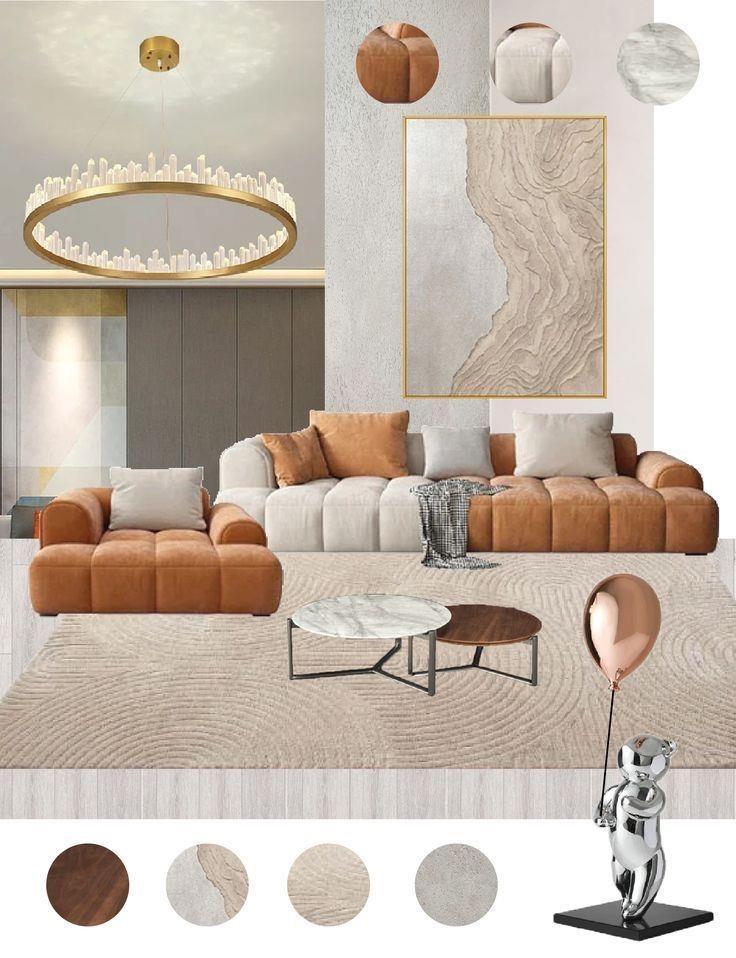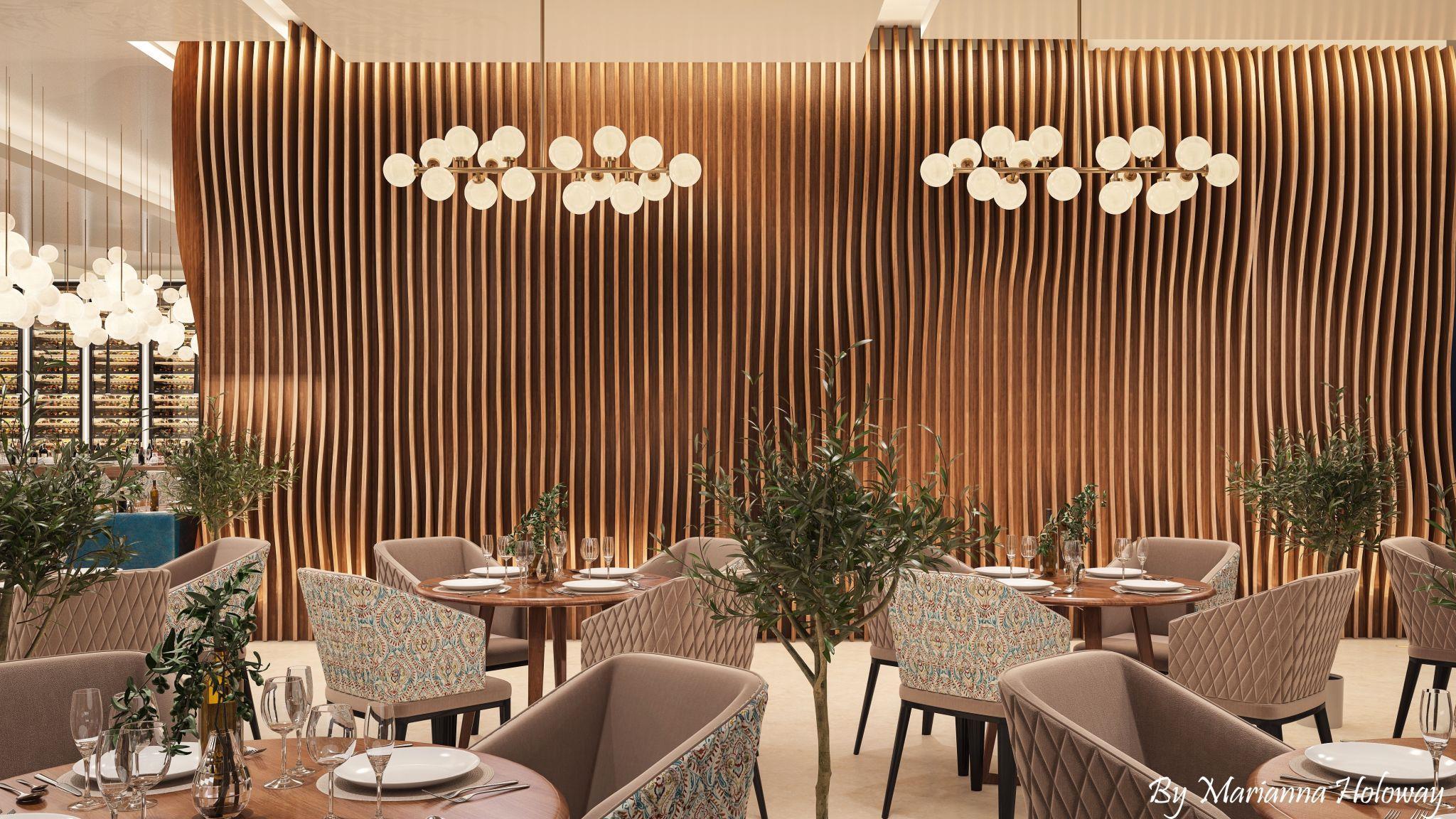
6 minute read
L.u.xu. r.y + PLUS
Lighting Design. The Law Of Attraction.
Lighting Design. An active calculated component of Architecture. Custom Lighting Design.
Advertisement
Light is an active calculated component of the architecture. Lighting should be subordinate to architecture and should enhance the experience of people within the lit space. Lighting design is partly a mathematical process and partly a series of assumptions based on the needs of the user. Taking a priceless piece of ART for example and transforming it so the client sees it in a different way, is a result of a tremendous amount of work and research, where the lighting scenario will allow the artwork to take center stage.
How does lighting design affect the overall design result?
Since very early times, the wonder of color has played an important role in the human approach to the exterior experience of the world. In nature, color is considered a key characteristic. Its main reference is however to the aesthetics of the outside appearance of things, not to the visible expression of their substance because Western culture relates substance to shape and it conceives measurement, meaning geometry, as one of the most effective instruments in the knowledge of the physical world.




As an architectural interior designer, who designed commercial residential and major hospitality projects, I realized from the beginning of my career that the right exposure to the visual stimulations of the interior environment played a major impact on the success of the overall result. But nothing was looking as good as it was on my rendering computer screen when I was delivering my project. The need for a custom lighting designer to illuminate correctly my work was imperative.
I was so excited watching how a calculated lighting scenario could change the overall result of my work that soon after I found myself studying mathematical lighting calculations and lighting design techniques and I turned out to be a very passionate lighting design specialist.

I am studying something new every day because lighting design is an engineering science with endless abilities and applications. It’s a science that needs discipline patience and much intelligence. Every project is a new adventure.
Every project is a new challenge. The great result is beneficial for the owner of the project as much as it is for the architectural and interior design team. Adds VALUE to the project.
The great result has to do with how well the colors of the interior design materials and visual stimulations are perceived by the eyes of the guests.



While restaurants, ice cream parlors, cafes, and every other establishment in the F&B industry compete with each other using location, prices, and promotions, very few take the win from the margin of their interior design. Most people do not know this, but the restaurant interior design impacts customer psychology prompts them to order more or less, and even impacts the duration of their stay in the restaurant. Seating options, light, music, and architecture, all constitute a restaurant’s interior design. Here is a guide on how you can influence your customer’s psychology using interior design in restaurants and some brilliant restaurant interior ideas that you can use at your outlet.



Importance Of Interior Design In Restaurants
Restaurant interior design must be a must for any establishment since the way your restaurant looks will be crucial to your branding. Your interior design is the first thing that your customer will notice as he/she walks through the doors. This first impression will dictate how they perceive your brand, what level of service they expect, what kind of time they anticipate, and if they want to come back. Thus, the importance of interior design cannot be underplayed. Here are some reasons why restaurant interior design is so important:-
•Restaurant Interior design in restaurants is crucial to the branding strategy. The way a restaurant looks impacts how the customers perceive the restaurant concept and if they consider it a good enough place to eat at.

Shabby or very bright interiors will form a negative impression on the customers and potentially make them leave even before they eat. An ideal restaurant design idea would be to use natural light to its fullest to make sure your place is more Instagrammable.

•In the age of Instagram, interior design is your restaurant’s silent salesman. Everybody wants to post where they have been all day, and if your restaurant looks Instagramable, it will make it to your customer’s feed and entice their entire follower list.
•Good interior design means marketable interior design. You can use your interior design for marketing your restaurant among your target customers. If there is something unique about your interiors, make it public. People love to think that they are a part of something unique and would flock to your restaurant.
•Most importantly, interior design in restaurants impacts customer psychology. You can make your customers order more, eat fast, drink more, stay less, etc. all using interior restaurant ideas.
1. Architecture And Design
Architecture and design are essential aspects of restaurant interior design. The way you design the inside of your restaurant and place all your elements plays an integral role in defining the look and feel of your restaurant. It also has a significant influence on customer experience because it includes planning the layout of your restaurant. How spacious your restaurant will feel, how claustrophobic it will get during rush hours, and how comfortable it will be to walk around without bumping into people or crashing into tables, all of this dependent on the restaurant layout. It makes no sense for your joint to be beautiful if your servers cannot serve well, and customers cannot feel comfortable in their own space. The floor plan of your restaurant must be such that there is individual space for every person seated. If you are a fine dining restaurant, 20 sq feet area per seat is ideal; however, for a QSR 10 sq feet area is considered perfect.

Lighting is an essential part of your restaurant’s interior design. It does not make any sense for you to have everything perfect if the light is so off that it kills the effect. Technically there are three types of lighting- Ambient, Task, and Accent lighting.
Ambient lighting defines the overall look and feel of your restaurant. Is your restaurant dimly lit or is it bright and heavy on the lights, this is the light that defines it. Fine dining restaurants usually use dim ambient lighting to create a relaxing mood and aura. As they serve customers in a way that pushes them to linger, and so order more, this atmosphere is perfect. QSRs, on the other hand, must be well-lit. The idea for them is for customers to come, eat fast and go. Bright lights induce that behavior, so the customers don’t keep lingering around. Task lighting is the light used for performing tasks. These are the lights that enable servers to work and customers to read the menu and order. This light is to be used strategically so that it does not kill the objective of the ambient light, but at the same time performs its function well, especially in fine dining restaurants. You can use it to highlight pathways or incorporate it by putting it on some unique features like sushi bars or minibars to highlight them. Accent lights are lights used for that extra touch but mostly for decorative purposes. There you can experiment with it, but most wall lighting in this area is received better than overhead lighting. You can use these lights to reinforce the colors of your brand as well but don’t overdo it, or else it will kill the purpose. As a restaurant owner and not an interior designer, you may feel that all these lights are just the same. True, there is not much of a difference between the three for the untrained eye, but if misused, the result can be a nightmare.
3. Colors
Colors believe it or not play a huge role in your restaurant interior design. The main thing that impacts what colors you must use in your restaurant is your target clientele. Different colors trigger different emotions and set different moods. Some colors stimulate diet while others repress it. Warm colors like red and orange are considered potent stimulants, so a lot of restaurants try to use red in their interior.
Fine dining restaurants aim for a mood where customers would want to linger as opposed to QSRs and so it makes colors like blue or turquoise ideal for them. QSRs, on the other hand, need customers to order more and eat fast, thus making warm shades suitable for them.










